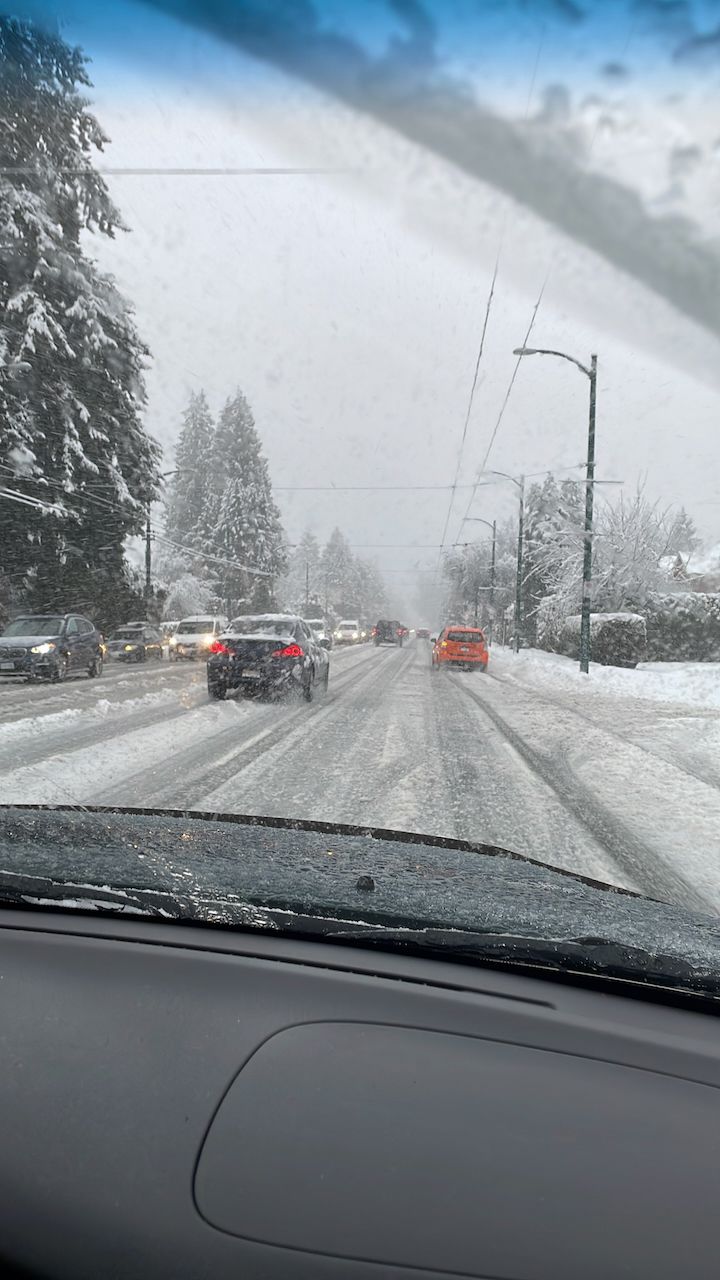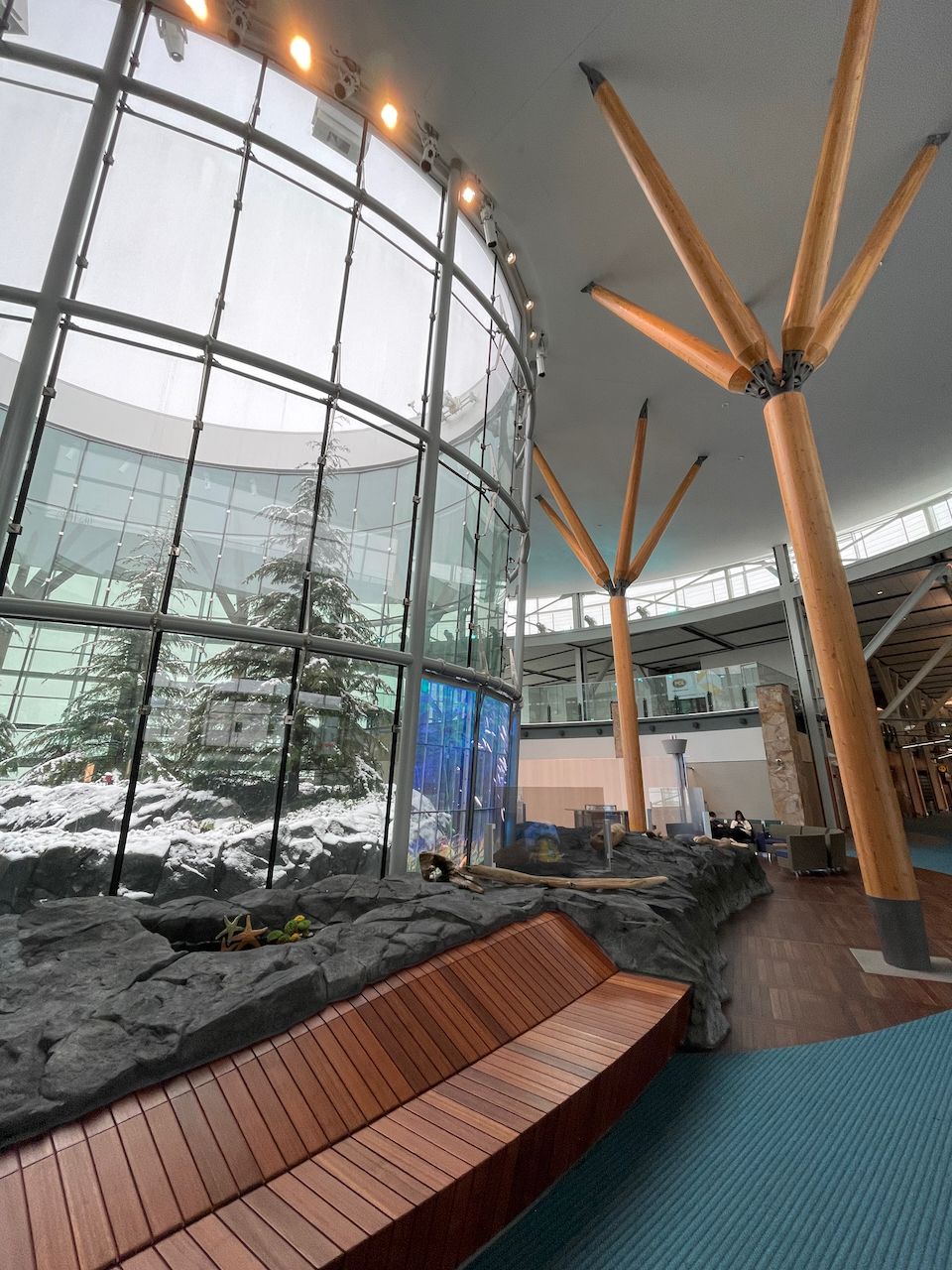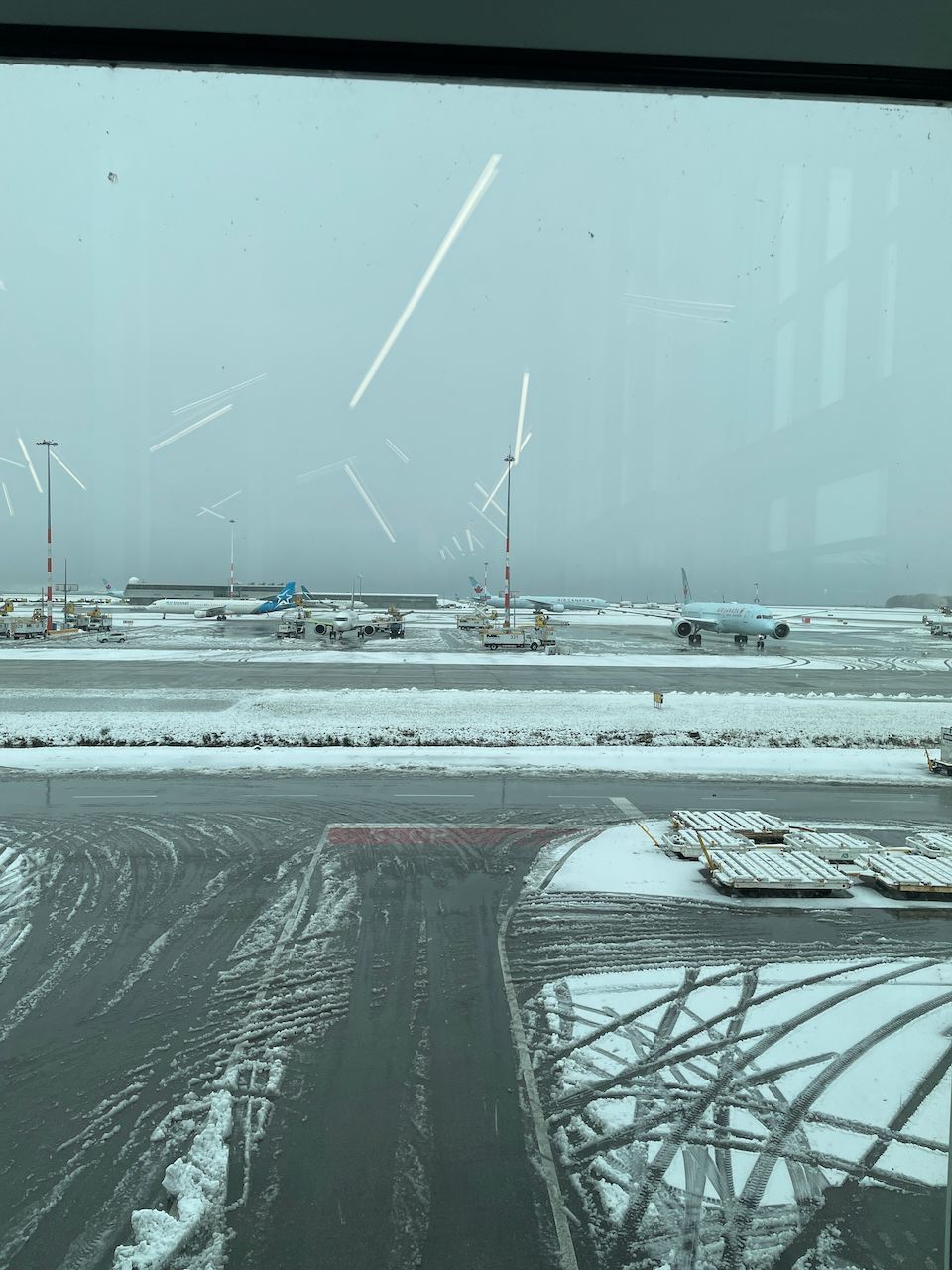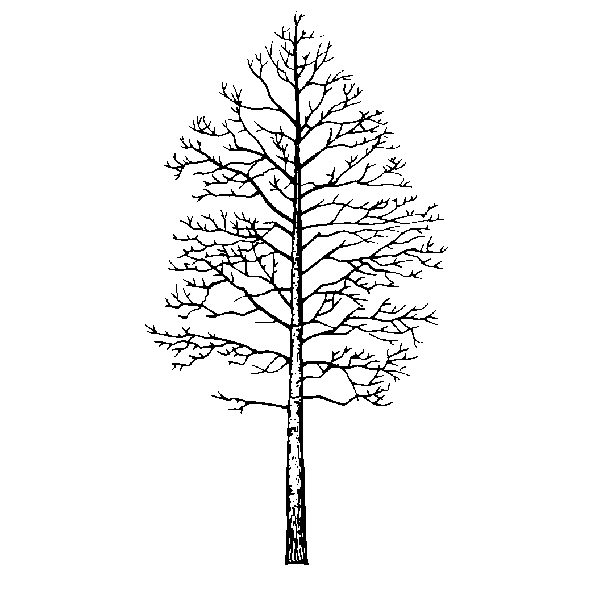The Evaporator
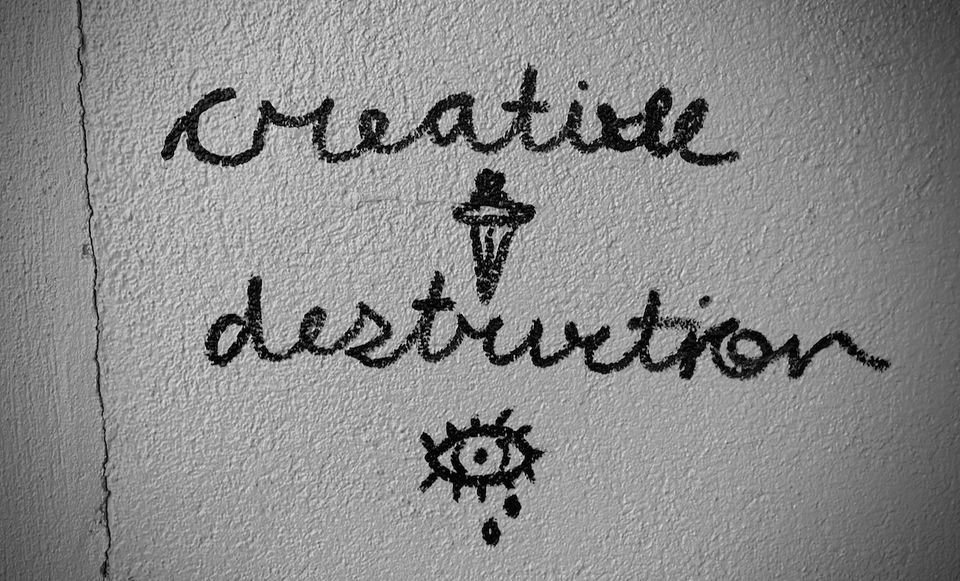
In the previous issue of Headed to Yokoha-ha-hama, I mentioned starting bokusho work and then deciding to stop and save that work until after I’ve arrived in Koganecho. That project will be a Canadian garden in Japan (You'll have to read the previous issue for that to make sense).
In the meantime, I’ve started a series I’m calling The Evaporator Series.
What if art-making and healing were combined? And a second thought, what if art is always a process of rupture and healing? Creative destruction. What if an artist’s job is simply to share the artifacts of letting go of what-was-known, while making room for a-new-knowing. Sometimes the rupture-which-then-heals is simple, and arrives in an epiphany, “I thought I knew what blue was!” And sometimes it’s deeper, and requires more time, “I thought I knew who I was.”
For the last couple of years I’ve been less interested in creating one off paintings, and more interested in participating with iterative processes. The Evaporator Series is the next iteration of a series of iterative process (That sentence makes sense if you read it slowly). The processes I’ve been exploring involve a design-like approach up front, usually as a temporal or material constraint that seems worth exploring. A design-like approach also happens on the back end. After participating in each iteration of the process, I conceptually (re)frame the process, in response to my experience of the process, after having been in the process. This evolves both me and the process. (Those previous two sentences also makes sense if you read them slowly).
That’s all a bit abstract, so as an example, here’s the process I designed for the Evaporator Series, my most recent artistic exploration.
First I have to explain the material I'm using, because it's a bit unusual. I'm "painting" on a brush calligraphy practice board. It's thin piece of slate and when you load up a brush with plain old water and make a mark, the wet slate looks like dark black ink. The water evaporates and then you do your next practice writing without using up lots of paper.
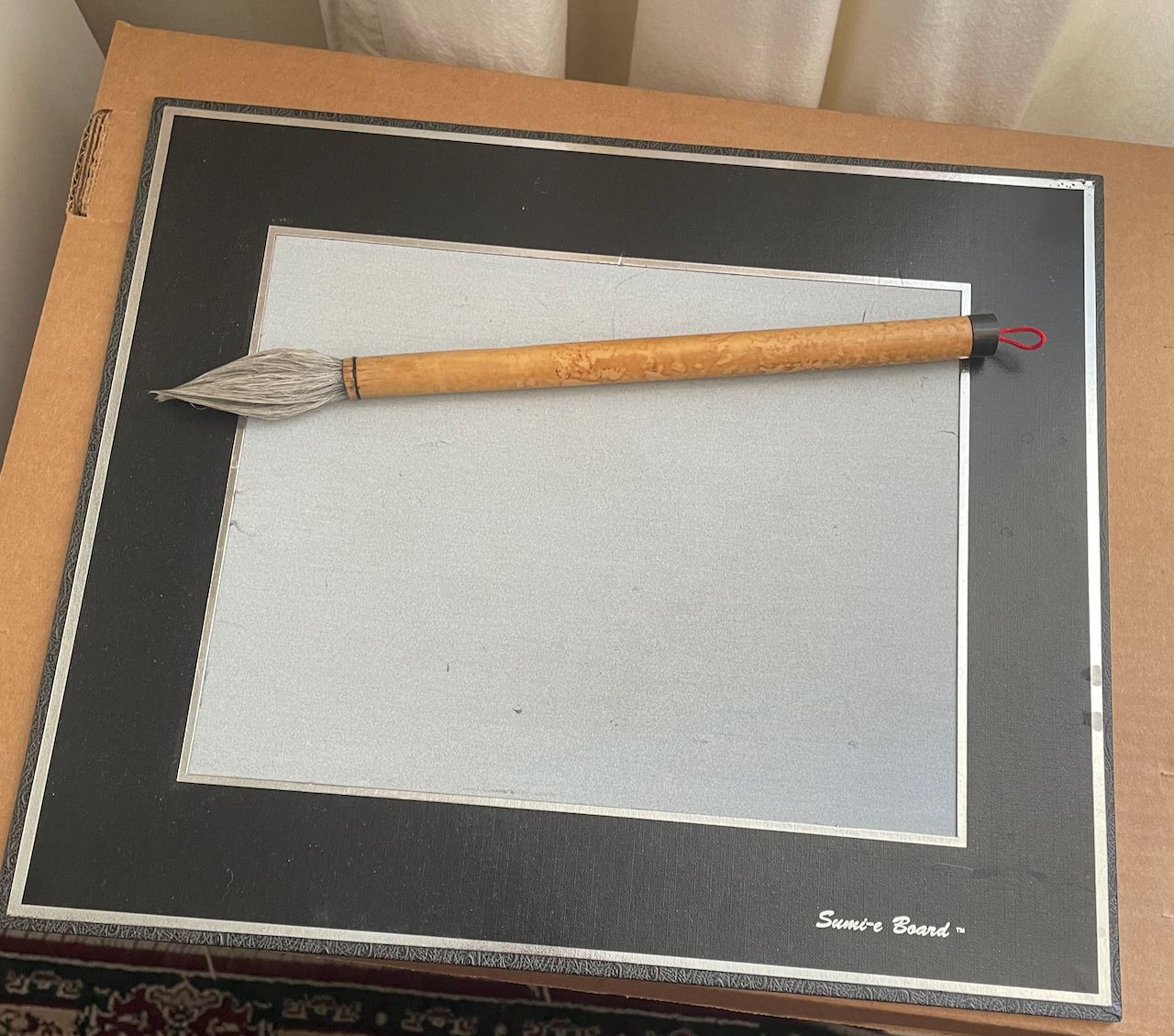
The Process
Put on headphones
Meditate for 45 minutes
Pick up the brush when it’s right to pick up the brush
Draw on the practice board when it’s right to draw
Take a picture of the brush stroke
Count to 10, take the next picture of the brush stroke
Take picutres every count of ten, until the brush stroke has evaporated
It is fundamentally an analogue process, which I use a digital tool (camera) to document. I insert my human unpredictability into the documentation process as well. I don't use a tripod, nor a timer. I hold the camera by hand and count in my head.
Typically, I paint in a way that is called gestural abstraction, or abstract expressionism. The painting is an artifact of the creative process, it's what happens as a result of the embodied process of painting. My intent is to go in as I am and fully trust the process. When I’m painting this way, in say acrylics, “going in as I am and fully trust the process” is a starting point. At the beginning, it's a monologue on my part, until the work begins to take shape and gain its own autonomy. The work develops its own voice, and from then on I’m in a dialogue. As a dialogue, conscious thought and design-like thinking is part of the process.
The Evaporator Series is different. The mark making begins and ends with “going in as I am and fully trusting the process.” There is little to no conscious thinking about what I am doing, and there are very few marks, two or three at most. It is reminiscent of Automatism, a 20th Century style of painting inspired by Freud's then new concept of the subconscious. The process also takes a cue from hitsuzendo (筆禅道) and drawing the enso (円相), meditative practices associated with Japanese Zen Buddhism. The mark isn’t altered, corrected, played with or changed. It captures the zeitgeist of a moment in time.
By intentionally tapping into somatic and non-conscious experience, the process is disarmingly personal. It is an artifact of the moment, born of, as it turns out, deep healing.
And then it evaporates. It is only water.
Afterwards, I embark on a completely separate design-like process, using digital tools. (Analogue process of creation + digital documentation) = digital artifacts.
I’m not exactly sure what the marks are about, in conscious language. I do know they are about healing. I know that the mark literally evaporating before my eyes is symbolically, and thus emotionally, important. For all these reasons, I also know that documenting the process of evaporation is important.
And yet, I’m not completely sure, on a conscious level, what it’s all about.
Thus it feels painfully vulnerable to be talking about it here, in writing.
But that’s what artists do isn’t it? They create artifacts born of brave conversations about the world around them, and then they put the artifact out there. “Here, does this resonate with you? Does it speak to your humanity in some way?”
I’m not willing to share these artifacts, and this writing, with the world. This fairly limited group of humans, most of whom I know well, is about enough.
I’ve finished the gestrual part of this work. I did the process 5 days a week, for three weeks, and it felt complete after that. I’m continuing to play with the documented images using digital tools in the more design-like part of the process.
For now, and most importantly, I’ve integrated the “evaporator process” into my plans for an interactive installation in Koganecho. You'll be hearing more about it as the installation unfolds.
In the meantime here are some of the artifacts, born of The Evaporator process.
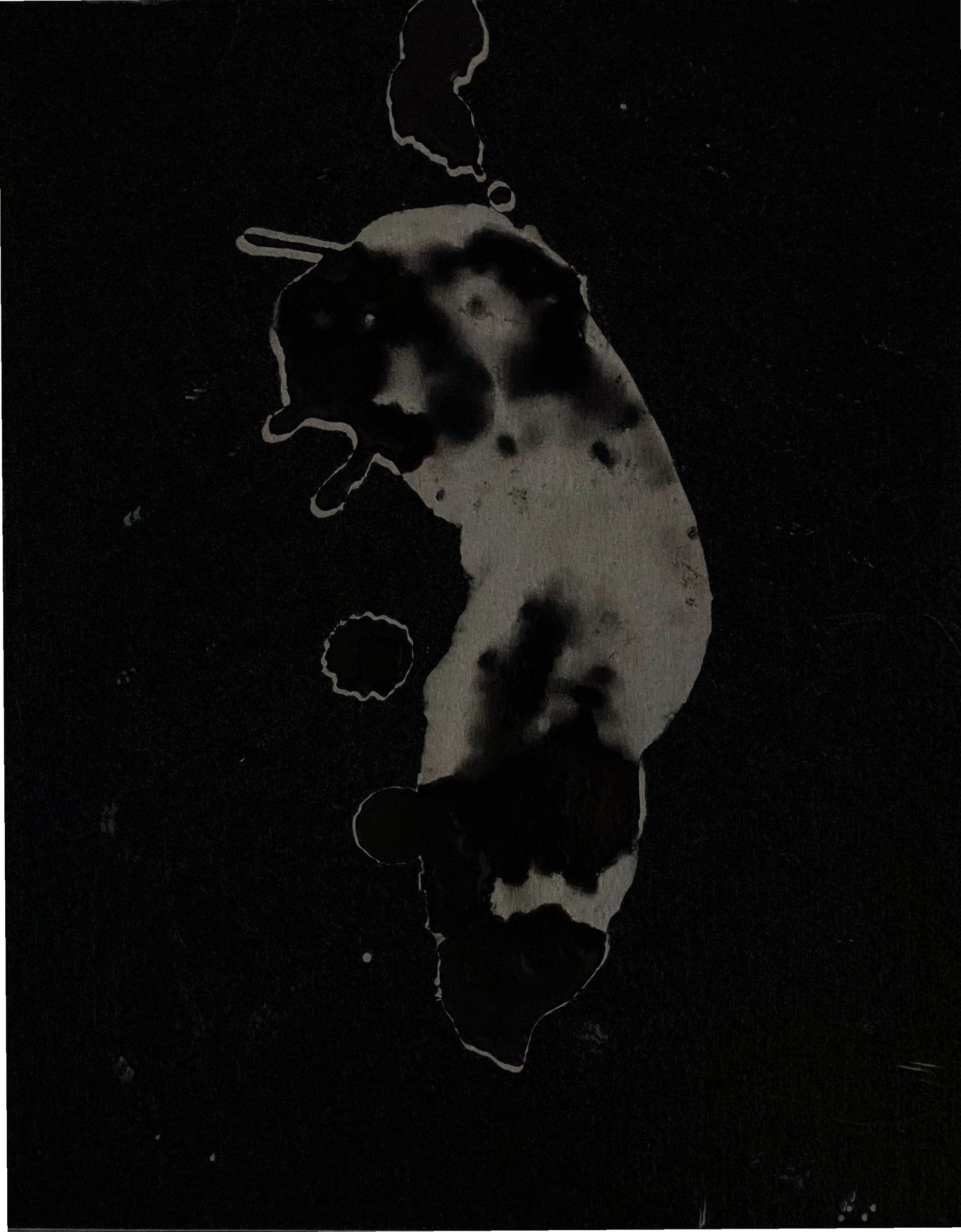
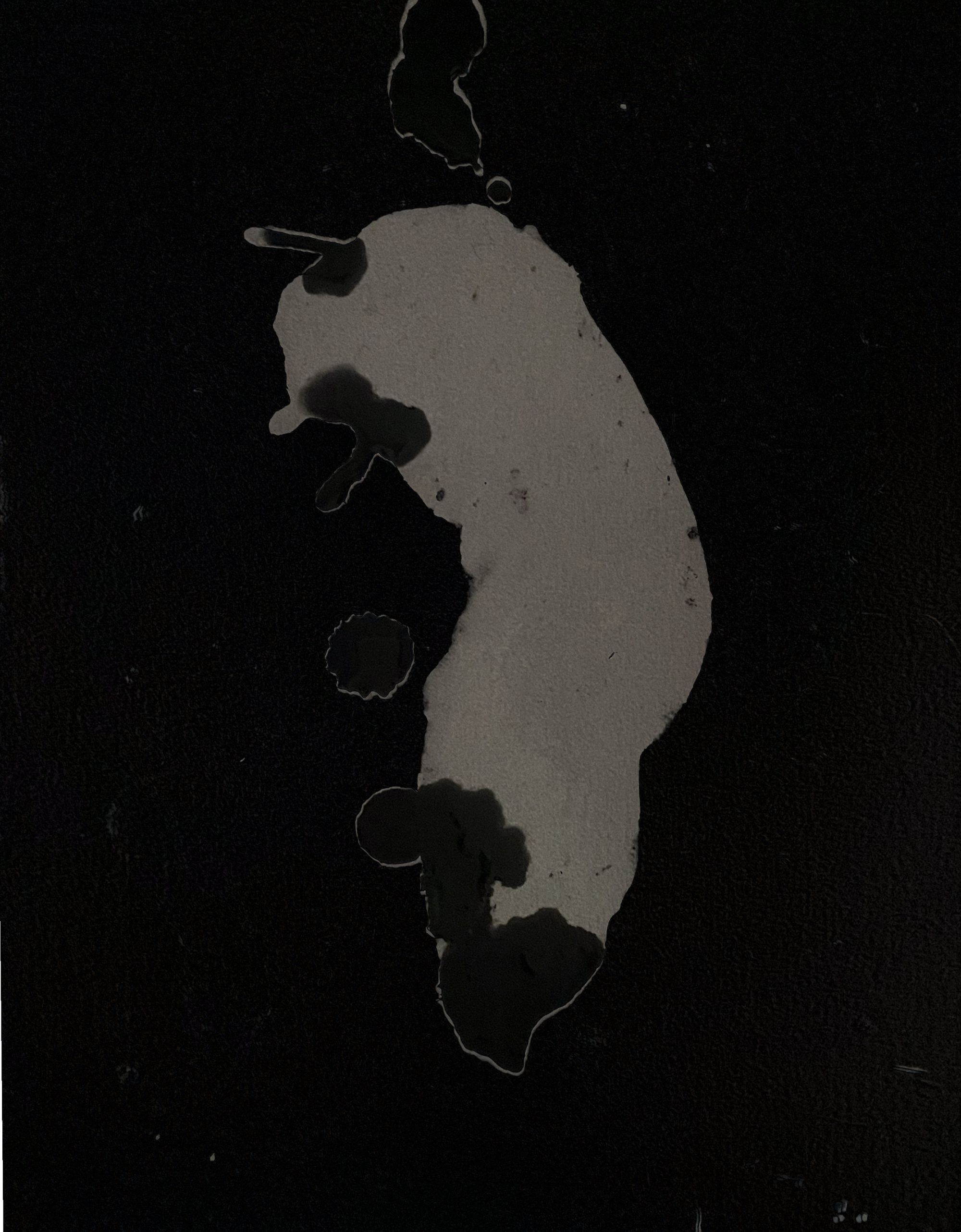
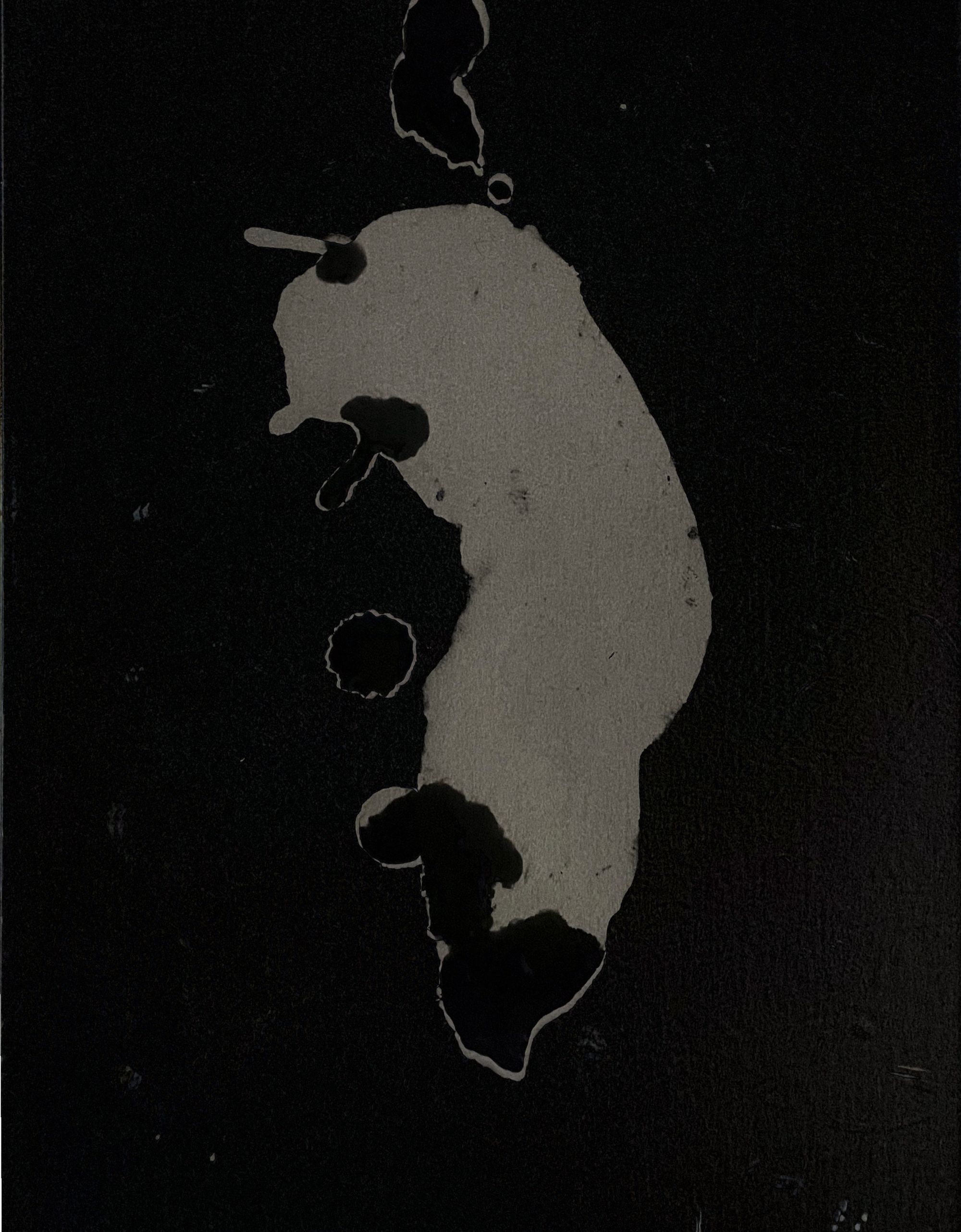
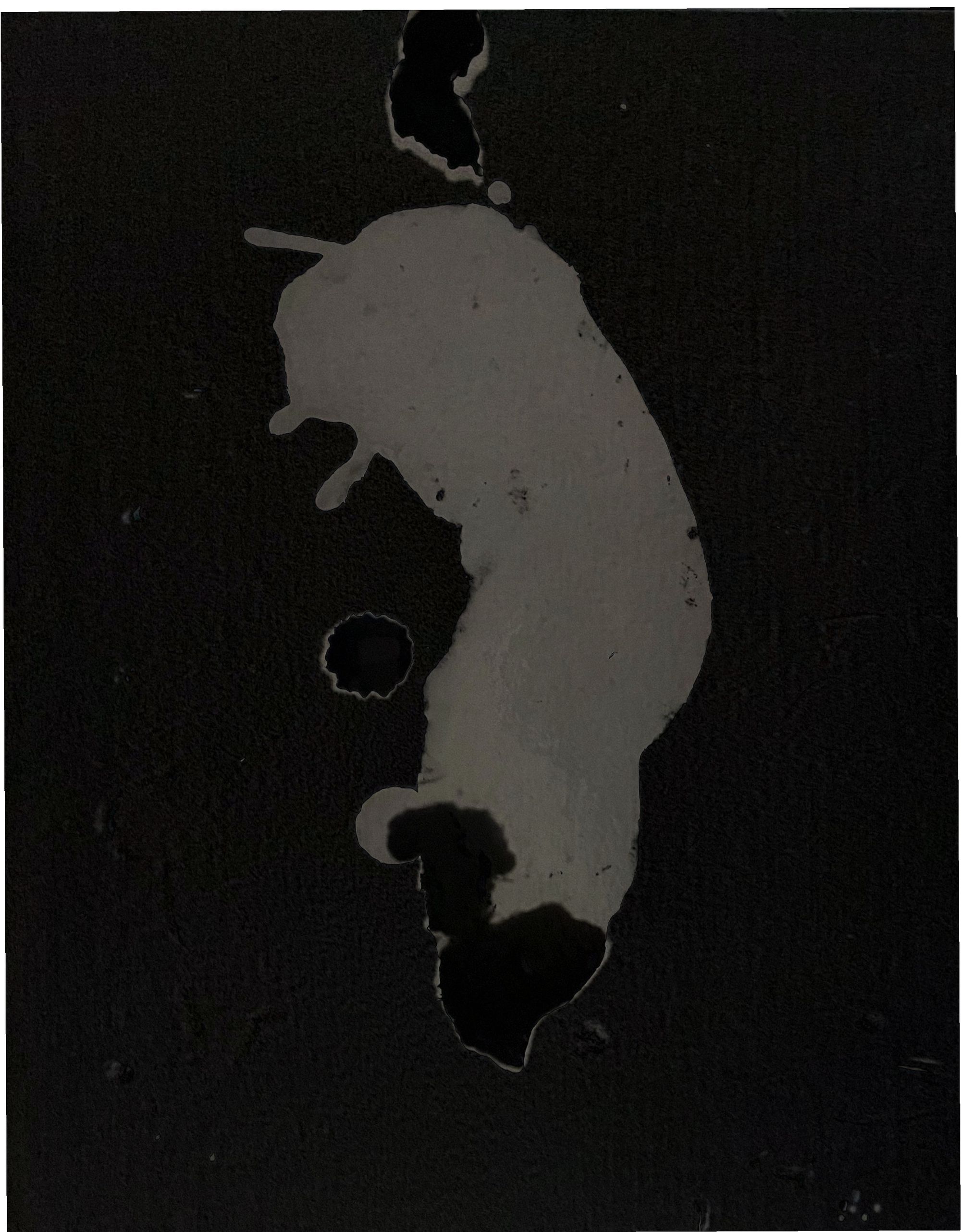
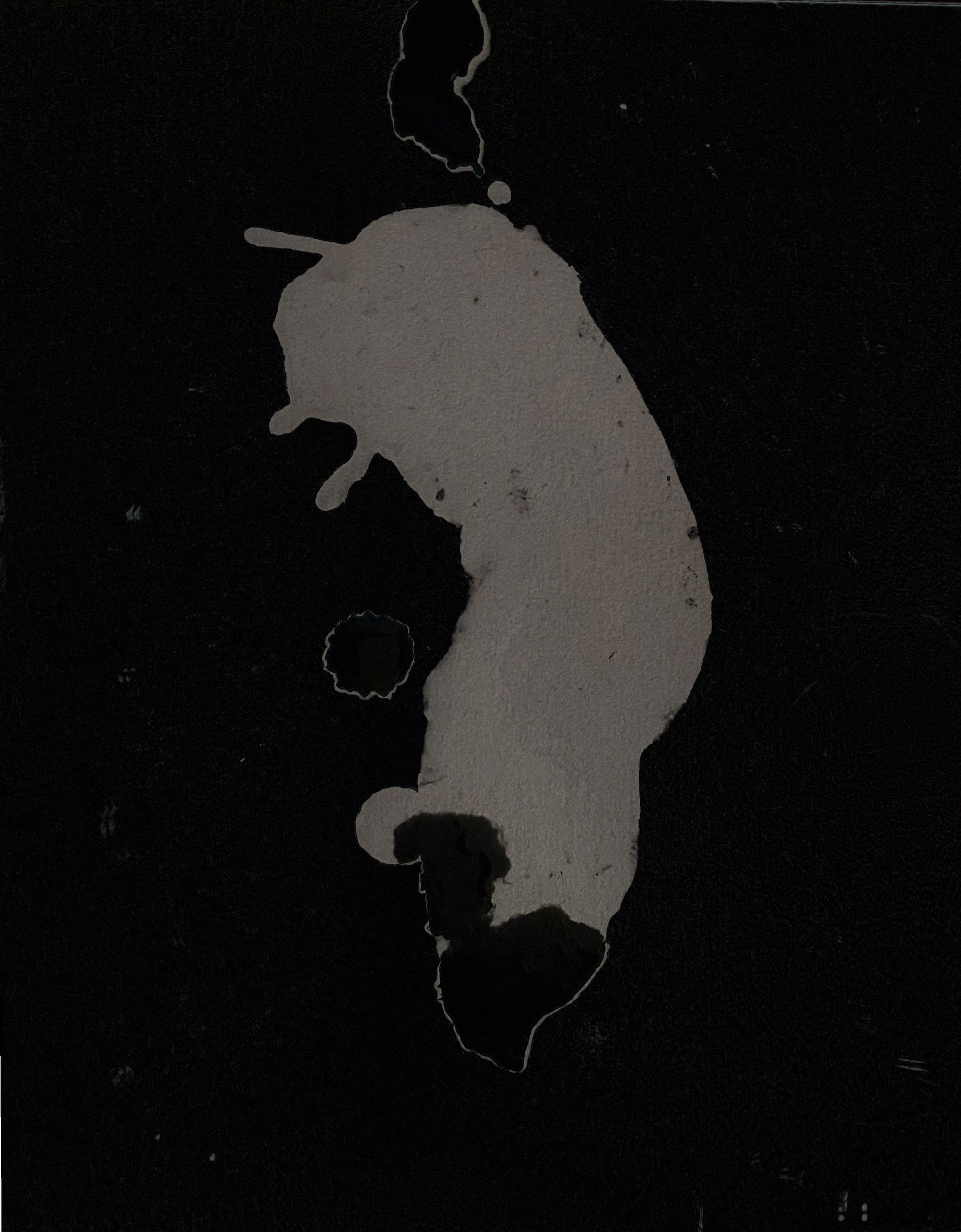
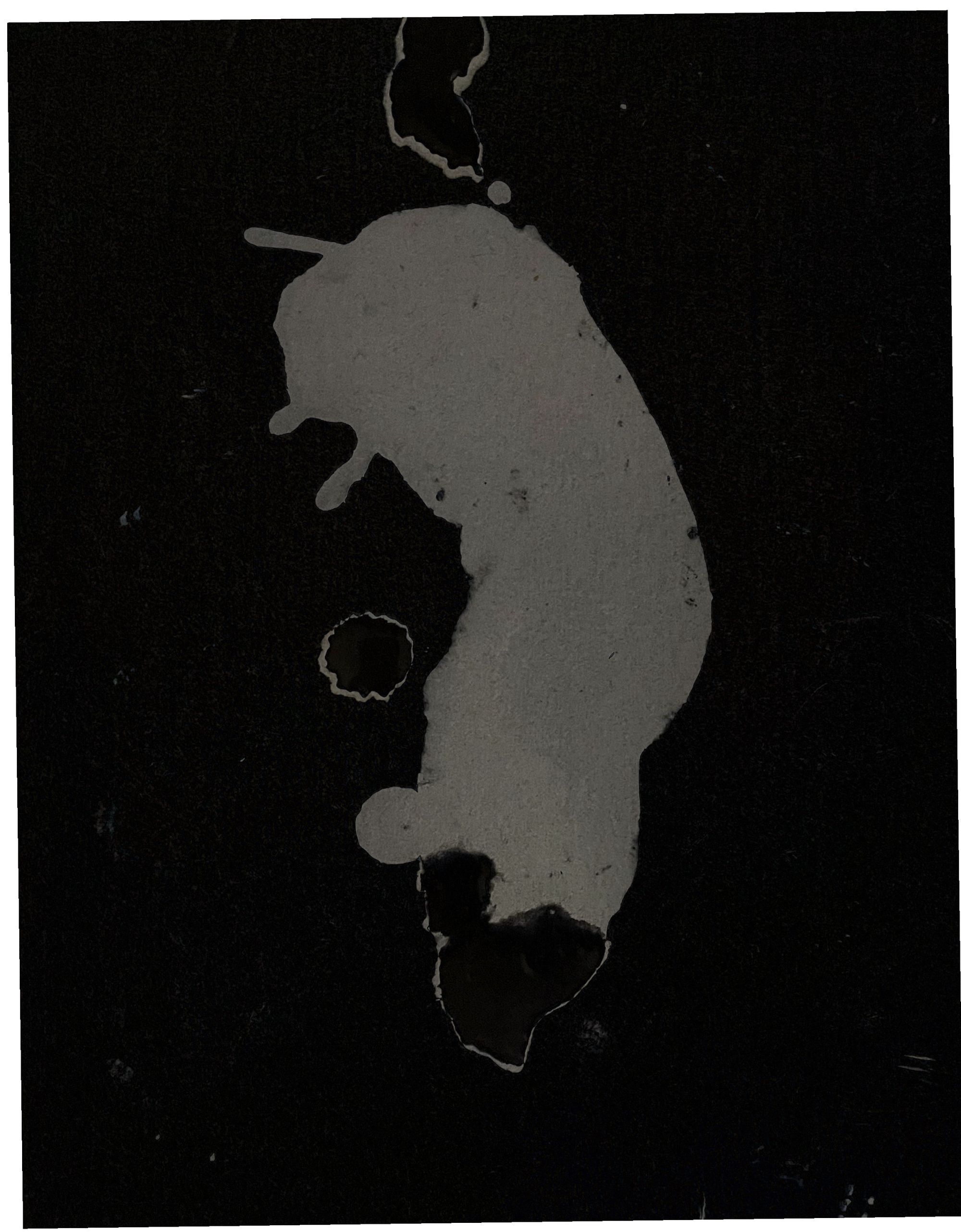

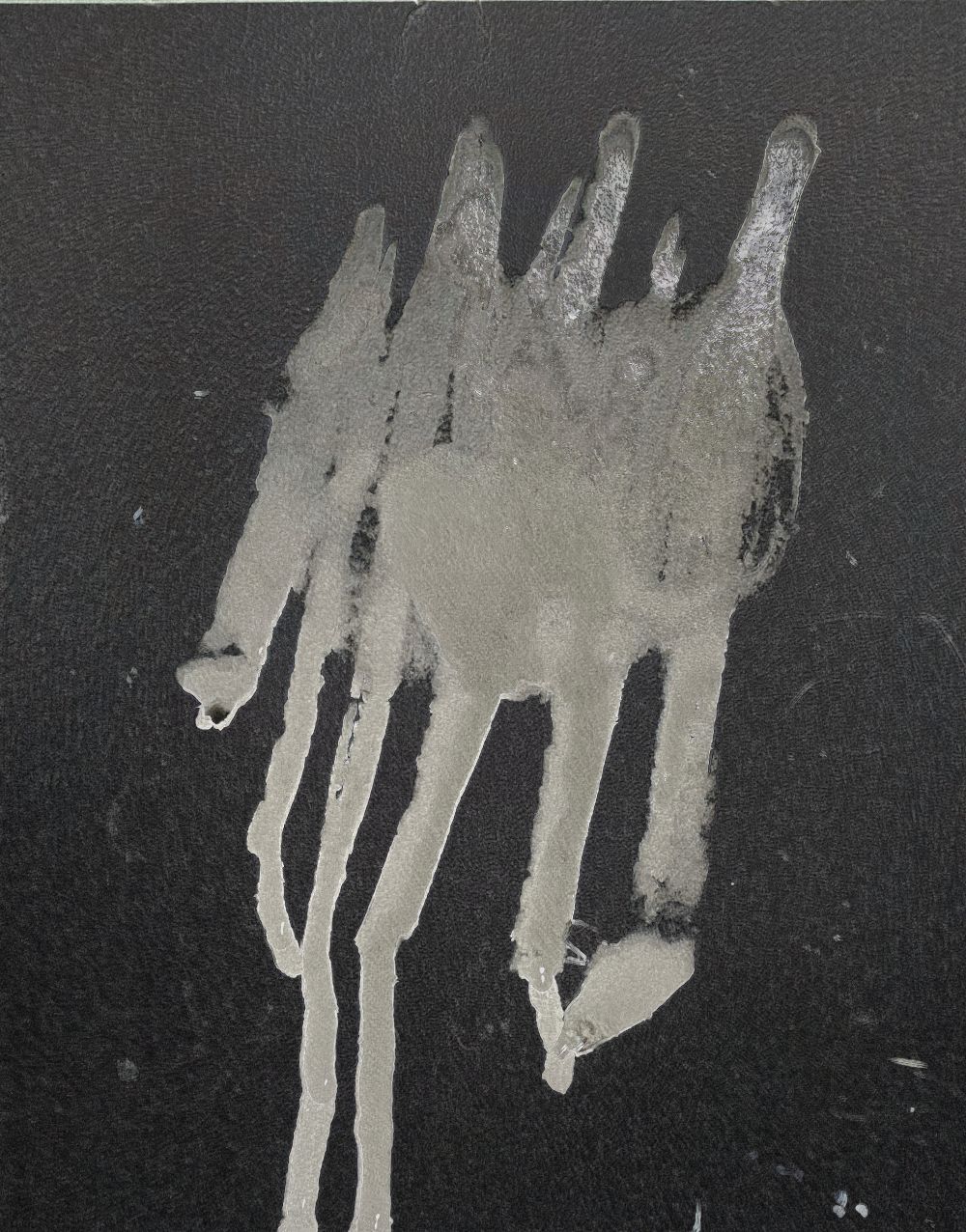
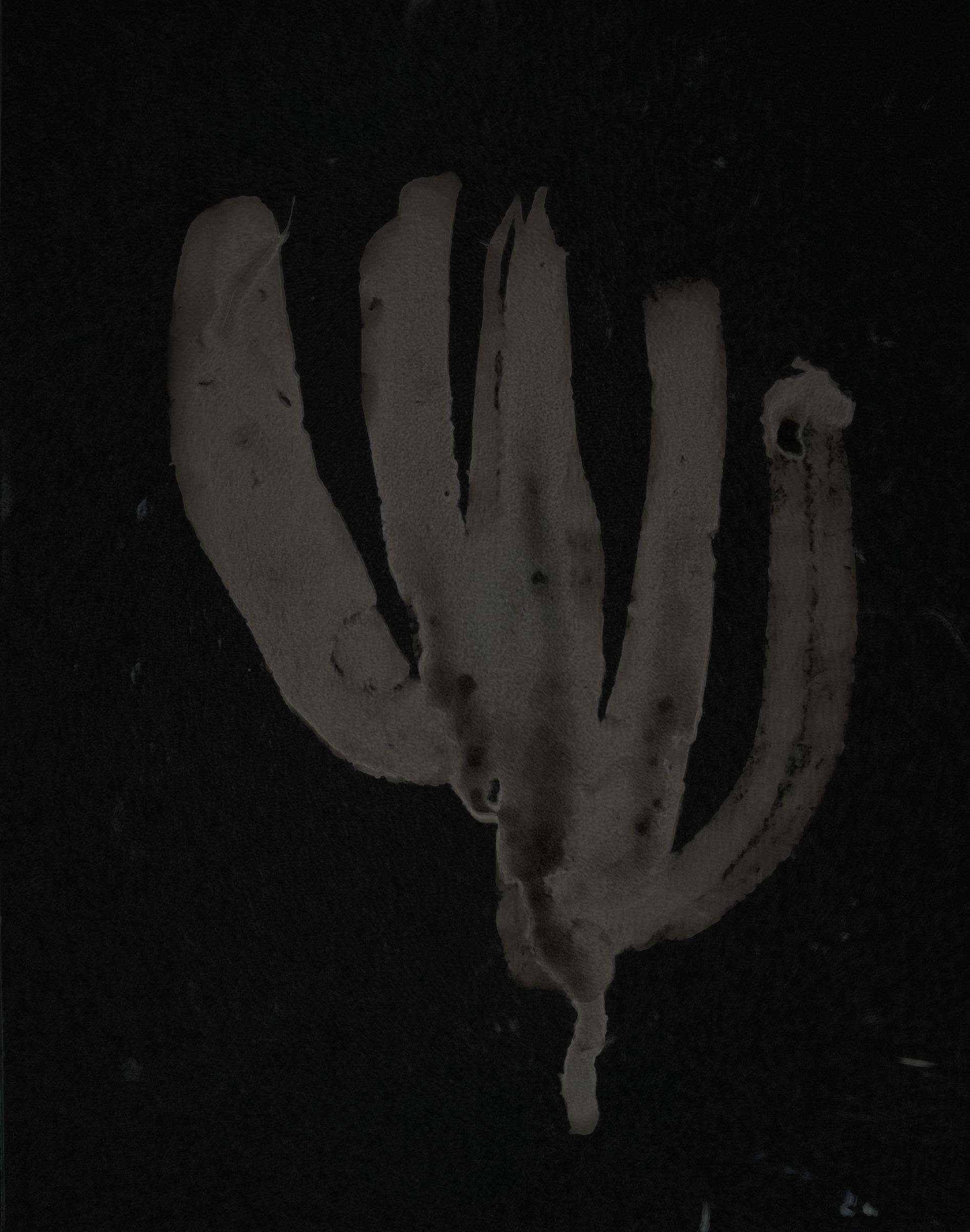
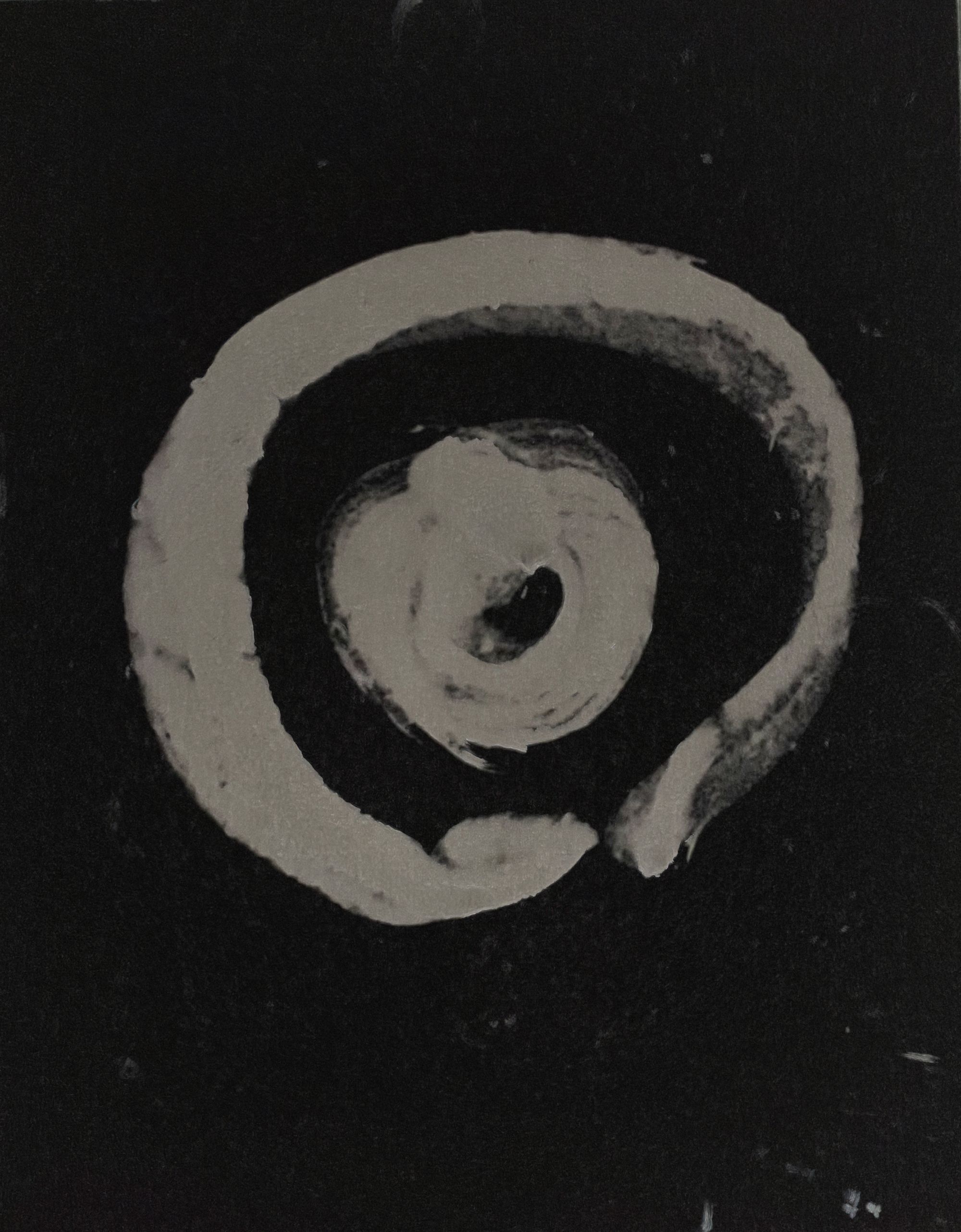
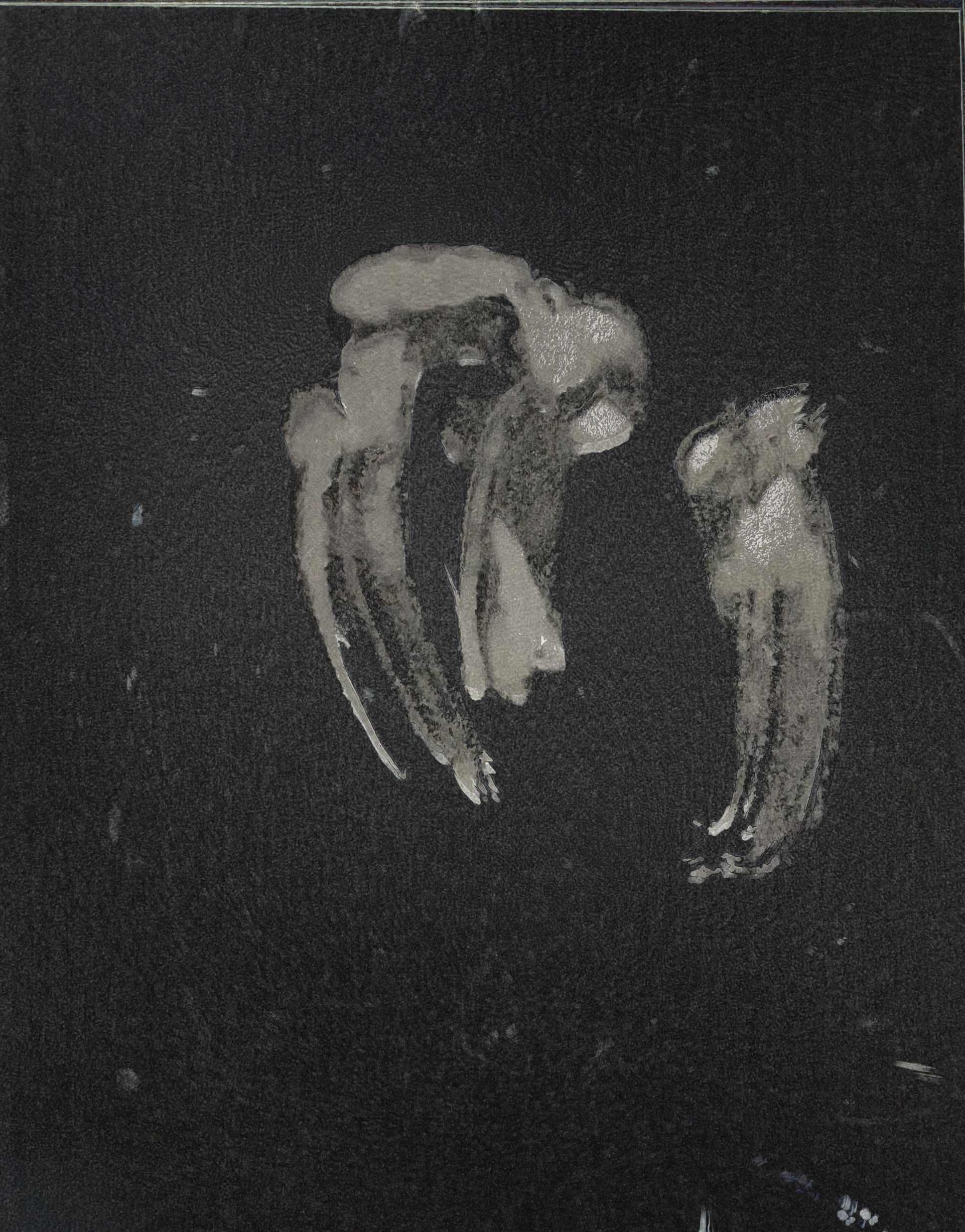
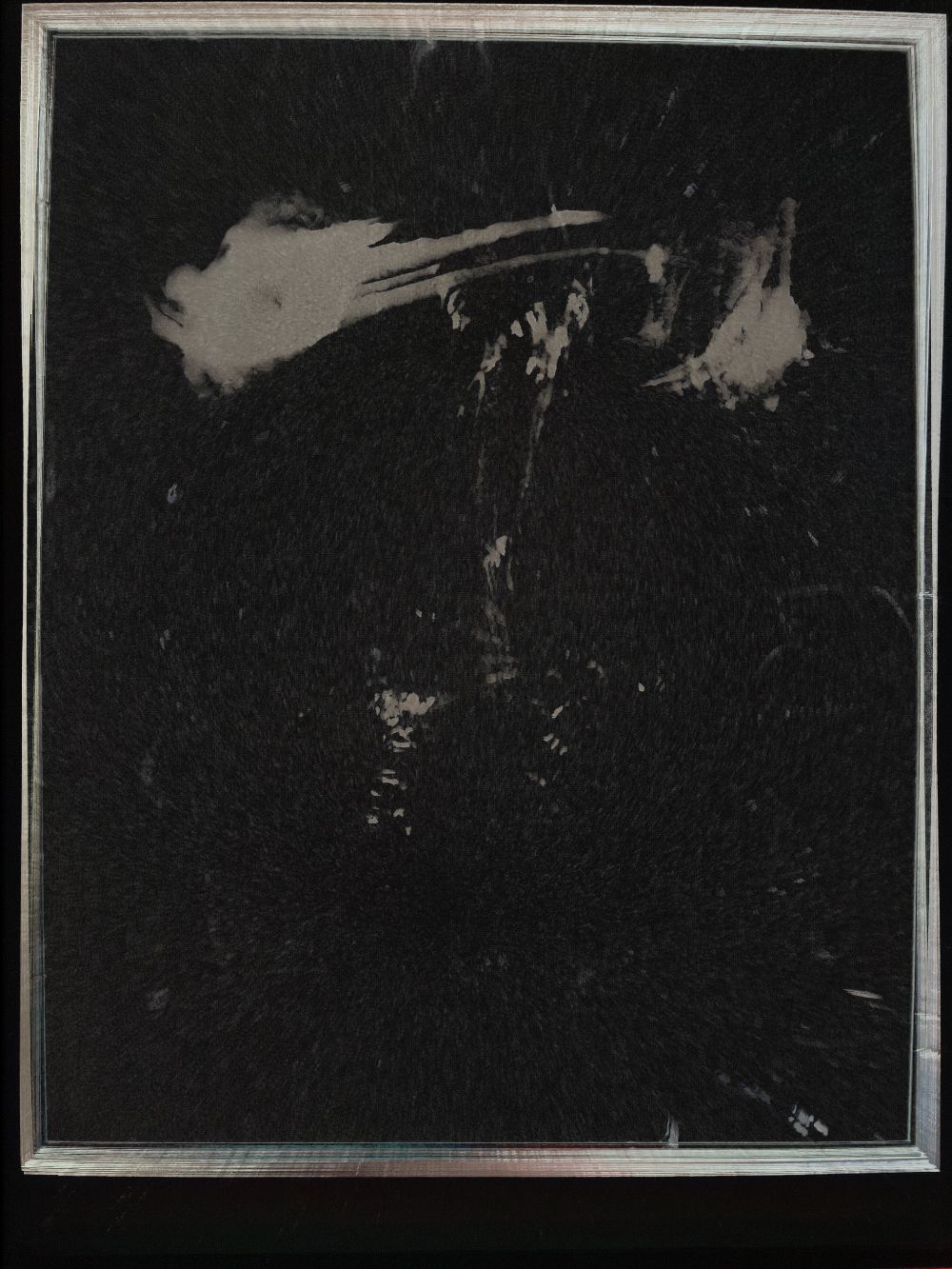
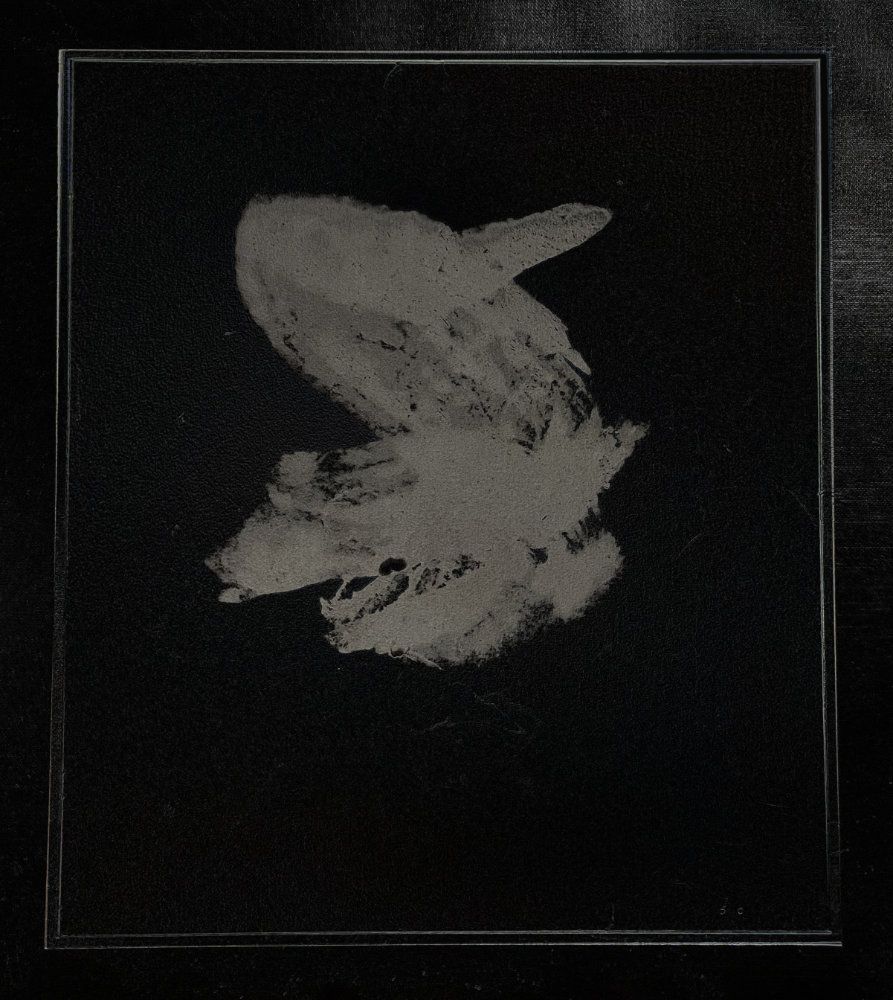
Well, that’s it. The last issue of Headed To Yokoha-ha-hama. It’ll be tucked away in the Trembling Aspen archive, snug in its little digital bed with the html sheets pulled up to its pixelated chin, and there it’ll remain until some wandering soul clicks on the hyperlink lights.
Watch for the Shrubbery's next time delimited, pop-up series: Hey, Koganecho.
Extra bonus (because I'm getting this out the door minutes before I board flight AC3 bound for Narita Airport). The next time you hear from me, I'll be in Yokoha-ha-hama, with a playful, grateful and joyful heart, looking forward to making local art.
